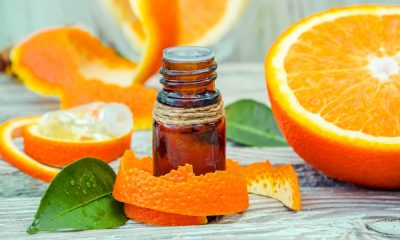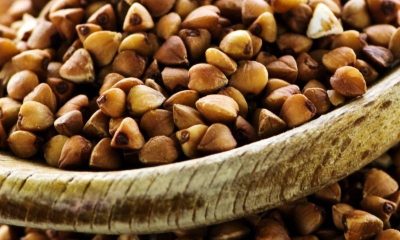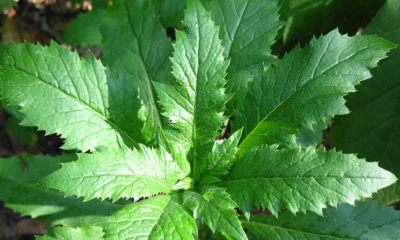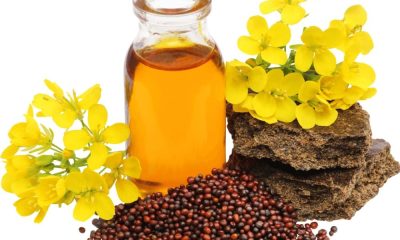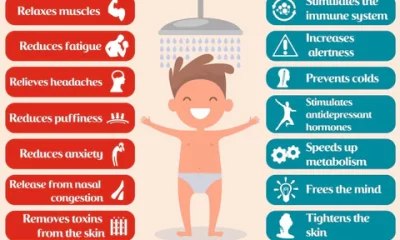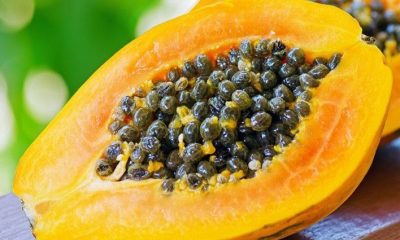Health
21 Benefits of Ganoderma Lucidum

Discover the 21 Benefits of Ganoderma Lucidum.
Ganoderma lucidum, commonly known as reishi mushroom, is a purple-brown mushroom with a long, thin stem, brown spores, and a shiny, fan-shaped cap.
The fungus grows on decaying logs and tree trunks. While Ganoderma lucidum is native to North America, Japan, and China, it is produced in several other Asian countries. Reishi mushroom has many health benefits, but talk to your doctor before taking them.
Components of the Ganoderma lucidum
This fungus is composed of alkaloids, triterpene acids, ergosterols, fumaric acid, coumarins, lactone, mannitol, and many polysaccharides.
Minerals such as potassium, calcium, phosphorus, magnesium, selenium, iron, zinc, copper, silica, sulfur, sodium, manganese, strontium, and germanium.
Terpenes, steroids, phenols, nucleotides and their derivatives and glycoproteins.
Lectin, enzymes, and long-chain fatty acids.
21 Health Benefits Of Ganoderma Lucidum
1.- Prevents Parkinson’s disease
The antioxidants in reishi mushrooms help prevent cell damage in the brain, which is one of the causes of Parkinson’s disease.
Whoever consumes the fungus regularly is very unlikely to develop this disease.
2.- Fight cancer
In 2004, studies were published discussing the effects of Ganoderma lucidum on cell growth, cell cycle, and cell death in human prostate cancer cells.
The results of the study showed that Ganoderma lucidum prevented cancer cells from multiplying in a dose- and time-dependent manner.
The reishi mushroom did this by decreasing the expression of proteins (cyclin B and Cdc2) that allow cancer cells to expand uncontrollably and by increasing the expression of a protein, p21, that suppresses cancer cell growth.
Furthermore, Ganoderma encouraged the death of prostate cancer cells.
The study concluded that Ganoderma lucidum may play a role in cancer prevention and treatment.
3.- Relieves Cancer-Related Fatigue
Ganoderma lucidum may offer relief from cancer-related fatigue, and endless tiredness related to cancer and its treatment.
Ganoderma lucidum spore powder showed promise in relieving fatigue in women with breast cancer undergoing endocrine therapy.
Endocrine therapy is a treatment that adds, blocks, or removes hormones to inhibit the growth of certain cancers, including breast cancer.
Women who received Ganoderma spores experienced an improvement in fatigue and a reduction in symptoms of anxiety and depression.
4.- Control addictions
The high content of organic germanium and antioxidants improves the function of the nervous system, thus controlling addictions.
5.- Help with constipation
Thanks to a large amount of non-soluble fiber such as hemicellulose, allows the colon to function properly.
This improves digestive functions and allows the elimination of compounds harmful to the body.
6.- Protects the bones
Due to the presence of calcium and vitamin D, in addition to other compounds that help calcium absorption, our bones are improved.
Consuming Reishi mushrooms every day helps preserve bone density.
7.- Ideal for rheumatoid arthritis
Ganoderma lucidum consumption may have a positive effect on rheumatoid arthritis, a long-term autoimmune disease that negatively affects joint health.
According to the researchers the effects of a polysaccharide peptide found in Ganoderma lucidum on cell multiplication and the production of cytokines -inflammatory proteins- in rheumatoid arthritis synovial fibroblasts.
Polysaccharide peptide from Ganoderma lucidum successfully inhibited cytokine production and cell proliferation in these fibroblasts.
8.- Reduce stress
The synergistic effects of the compounds found in the reishi mushroom allow the relaxation of the nervous system and help reduce stress and anxiety, which are becoming the main risk factors for diseases today.
9.- Protects the liver
In 2002, the polysaccharide Ganoderma lucidum was found to have great potential to act effectively to prevent liver damage.
10.- Control gastritis
The compounds that this fungus possesses allow our defenses to fight efficiently against Helicobacter Pylori.
In addition, the cells of the stomach function better thanks to the synergy of compounds controlling the secretion of acid.
11.- Reduces allergy symptoms
Reishi has analgesic, antifungal, antiviral, antiparasitic, cardiovascular, and antidiabetic effects.
Phytochemicals are powerful antioxidant compounds found in plants that are believed to prevent disease in humans.
The main active ingredients in reishi are two phytochemicals known as beta-glucan polysaccharides and triterpenes.
The phytochemicals in reishi are reported to prevent free radical-induced damage in the body, reduce allergy symptoms, treat and prevent hypertension, and stimulate the production of antibodies that support the immune system.
Reishi is also touted as an adaptogen, a substance believed to reduce the effects of mental, physical, and emotional stress.
12.- Helps cardiovascular health
Reishi supports and promotes cardiovascular health.
It lowers high cholesterol levels and improves blood flow to the heart.
Reishi also helps prevent blood clots by keeping the blood thin and preventing it from clumping together, a condition known as platelet aggregation.
13.- Combat benign prostatic hyperplasia
Ganoderma extract improves lower urinary tract symptoms in men with benign prostatic hyperplasia.
It inhibits an enzyme involved in this disorder.
BPH causes symptoms of frequent urination, nighttime urination, decreased urine flow, and incomplete emptying of the bladder.
14.- Relieves Migraine
Similarly, Ganoderma lucidum has compounds that relax the nervous system along with triterpenoids that control pain and inflammation and help control and combat migraines in the best way.
15.- Immune system stimulant
Some HIV/AIDS or cancer patients use Ganoderma extract to stimulate the immune system, as noted by the MSKCC.
This extract can stimulate the production of various types of white blood cells that help prevent and fight infection, and people with HIV or undergoing chemotherapy are more susceptible to infectious diseases.
Ganoderma also increases antioxidant activity in plasma, beneficial because antioxidants scavenge free radicals that can cause cell damage.
In addition, Ganoderma has antitumor properties.
16.- Endocarditis
Ganoderma extract can help strengthen the body and provide blood pressure support for people with endocarditis, an inflammation of the inner lining of the heart and heart valves.
17.- Protects the skin
The antioxidants in reishi mushrooms protect the skin from the damaging effects of free radicals, which are the cause of wrinkles and skin aging.
Reishi mushroom also helps in the fight against skin cancer.
18.- Control cholesterol
Reishi mushroom helps lower cholesterol levels.
It improves the levels of good cholesterol and bad cholesterol, reducing bad cholesterol, due to the presence of triterpenoids and adenosine.
19.- Fight asthma
The anti-inflammatory properties of triterpenoids and germanium allow the muscles that support the bronchial tubes to relax, reducing the severity of asthma.
In addition to the immunomodulatory effect of its compounds, it prevents the appearance of agitations.
20.- Helps prevent obesity
Reishi mushroom helps prevent obesity by stopping the movement of glucose into fat cells.
People who follow a balanced diet, exercise regularly, and consume reishi mushrooms reduce the possibility of obesity.
21.- Treats autoimmune diseases
Thanks to the effect of lentinan and other polysaccharides such as beta-glucans, the function of our immune system is regulated, thus fighting diseases such as psoriasis, vitiligo, lupus, arthritis, etc.
22.- Prevents Alzheimer’s
Reishi mushroom helps strengthen memory, although there is still no known cure for Alzheimer’s, the reishi mushroom helps slow down the process of reducing acetylcholine in the brain, which is what causes Alzheimer’s.
23.- Control overweight
Reishi mushroom burns fat as the person loses weight.
Naturally stimulates metabolism, due to the synergy of its compounds.
By activating our metabolism our cells begin to use more reserve energy (fat).
Additional Uses for Ganoderma Lucidum
•Delays aging
•Traditional Chinese medicine uses reishi to slow down aging.
•Build disease resistance.
•Reduce inflammation.
•Clean the blood.
•Support liver, kidney, and nerve function.
•Improve strength and endurance.
•Improve lower urinary tract function in men.
•It is also used to treat hay fever, insomnia, fatigue, viral infections, stomach ulcers, depression, and impotence.
However, these uses are based on anecdotal evidence and not solid scientific research.
Warnings of the consumption of the Ganoderma lucidum
Reishi mushrooms may have side effects with prolonged use, according to Breast Cancer.
The organization notes that after using the mushrooms for six months, you may experience itchy skin, blood in your stool, and an upset stomach.
The US Food and Drug Administration does not require dietary supplement manufacturers to test their products before selling.
Health
10 shocking health benefits of rosemary tea
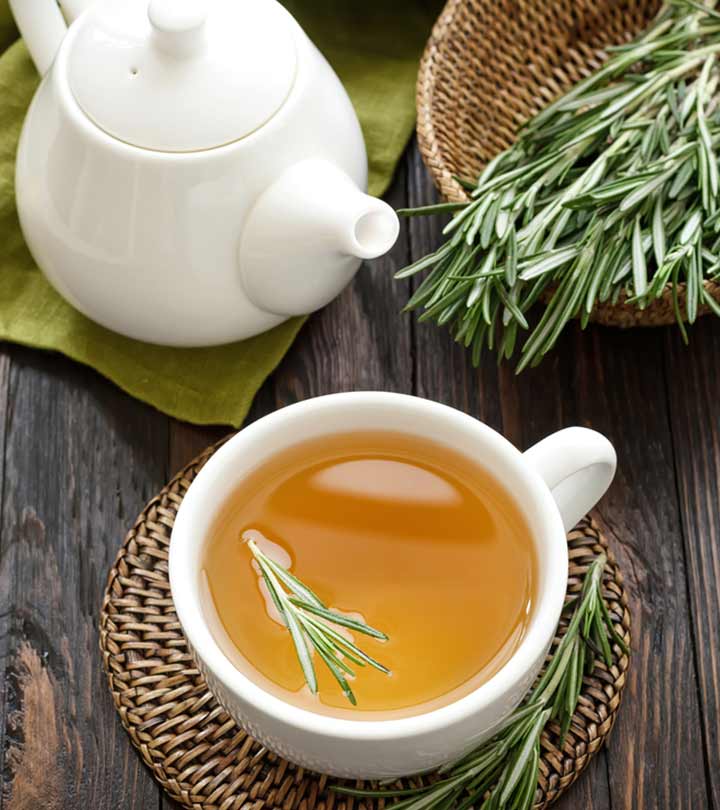
Table of Contents
Health
Benefits of fasting for 24 hours
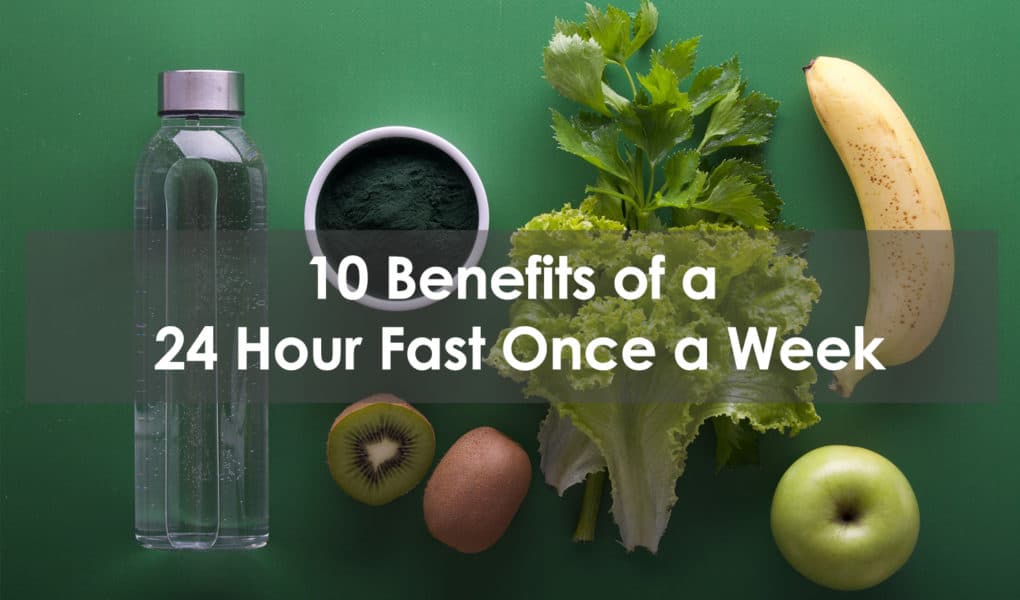
Discover the benefits of fasting for 24 hours.
24-hour intermittent fasting is often recommended for weight loss, but also its many health benefits.
In this article, I detail the benefits of intermittent fasting, and particularly its practice over 24 hours. You will also be able to find my testimonial and my advice for a successful 24-hour intermittent fasting.
24hr Intermittent fasting to live longer in good health!
This sentence comes up constantly when one is interested in the subject. Simple fashion effect or real health interest? That’s the real question.
The objective of this practice is based on calorie restriction and resting the digestive system as a whole.
When we eat too much, binge, and get too much protein, our aging process is accelerated. Our body ages faster. To counter this effect, it is, therefore, necessary to fast. You boost your production of growth hormone, a hormone of youth.
In practice, it remains very complicated. It was Dr. Valter Longo who simplified the practice of intermittent fasting to reap all the health benefits. But in reality, is it effective?
The benefits of 24 hours intermittent fasting
Many scientific studies have highlighted the following health benefits of intermittent fasting:
• Promote weight loss, maintenance, lower bad cholesterol and increase well.
• Reduce cardiovascular and cancer risks.
• Regulate blood sugar by lowering insulin production and increasing fat metabolism.
• Lower the markers of inflammation ( responsible for the aging process ).
• Stimulate growth hormone production ( 2000% during 24-hour intermittent fasting ). This molecule helps you fight to age, tap into your fat and increase your muscle mass.
• Regulate hormonal disturbances after meals.
• Diversify the composition of the intestinal flora.
• Improve the quality of sleep.
It should be noted that these benefits are mainly found in a population that is overweight or obese, sedentary, or suffering from metabolic disease. The effects of intermittent fasting in healthy, physically active, or athletic people seem small to non-existent.
Intermittent fasting and weight loss
According to scientific research, intermittent fasting is effective for weight loss.
The main reason for the effectiveness of intermittent fasting on weight loss is calorie restriction.
Indeed, skipping one or more meals considerably reduces your food consumption. You then find yourself in an energy deficit, and your body has no choice but to draw on the stock of glycogen and fats to continue to function.
Practiced 1 to 2 times a week, over 3 to 24 weeks, intermittent fasting can lead to a weight loss of 3 to 8% of the initial weight, with a non-negligible share of abdominal fat (reduction in the circumference of cut).
However, over the long term, the evidence on the effectiveness of intermittent fasting remains very weak. We don’t know if, as with all low-calorie diets, it leads to a Yoyo effect and significant regain of lost pounds.
To lose weight permanently, mainly fat, while maintaining your muscle mass, it is advisable to combine a slight caloric restriction and the practice of sport regularly.
Need to lose weight permanently?
My Sport to lose weight program has already enabled hundreds of people to lose weight, improve their health and be in better shape! It includes sports sessions in videos, tools to calculate your fat loss, tips for starting running, recipes, and much more… It’s never too late to start the sport and lose weight for your health.
Opinion on the intermittent fasting 24h
So I wanted to get to the bottom of it and test this practice. To simplify things, Dr. Longo has been testing different protocols for several years. Simpler protocols to apply daily while maintaining the benefits. For people with a healthy lifestyle, practicing 24 hours a month is very effective.
So I fasted for 24 hours. The easiest way is to start after dinner. You eat dinner normally, then nothing until dinner the next day. Hydrate well. You can also consume tea, coffee, infusions but without sugar.
I was afraid of being too hungry, of being a wreck unable to move. And not at all. I did my intermittent fast one day back from vacation, in the car. I felt good, without a stroke. What a pleasure to sit down to eat in the evening, even if the goal is to eat normally and no more than usual.
I resumed the sport the next day with a big day ( 3h30 of cycling chained to 1h of jogging ). I felt good, I didn’t have any cravings. I even recovered better. I am full faster on the meals that follow. The results are very positive.
However, here are some tips to guide you:
• No sport on the day of intermittent fasting, or a short cardio session (30 minutes).
• Take care. Get out of your house, otherwise, the day will be too long to manage unless you have plenty of tasks to accomplish.
• Don’t throw yourself on the food when you eat again. Don’t say to yourself: “it’s good, I’ve done the hardest I can let go”.
• Remember to drink well ( 1.5 to 2 liters of water ) and take hot drinks for satiety.
Be careful if you have medical treatment, do not do it. I do not know the actions of this practice under these conditions. A drug does not have the same effect in these conditions, so check with your doctor.
I await your reactions after your tests. Intermittent fasting is increasingly practiced in the United States, to fight against junk food and diseases of civilization. Its health benefits are undeniable. Live old and above all live better!
Health
Benefits of hibiscus tea for skin

Table of Contents
- Benefits of hibiscus tea for skin
- Greater elasticity in the skin
- Prevents and fights cell damage
- Hydrates in depth
- Unifies skin tone
- Discover the benefits of hibiscus tea for skin.In today’s post we want to offer you a wonderful option to enhance your health and even take care of your beauty with a gift from nature whose qualities have been known for thousands of years.
We want to talk about the Hibiscus tea, a plant native to China and Japan, also known as China rose, whose extract has a wide range of properties, among which are antiseptic, digestive, diuretic, and others that we will detail below.
Its cosmetic properties are so amazing that it has been called “vegetable Botox”, rich in antioxidants and vitamin C.
Its effects after constant consumption in the form of an infusion, for example, have been compared to the effects of Botox injections, since its tightening effect helps to hide expression lines and sagging of the face.
Its active components act at the cellular level, nourishing and moisturizing the dermis, creating a wonderful anti-aging effect.
There are 5 different varieties of Hibiscus in the world: Hibiscus Rosa Sinensis, the best known in Spain, Hibiscus esculentus, Hibiscus sabdariffa, and Hibiscus tiliaceous.
Its flower is edible and its different forms of presentation, in powder, in preparation for infusion, or syrup, allow us to take it comfortably and prepare masks that will surely become great allies for your skin and hair.
In India, hibiscus has traditionally been used to treat hair problems, reduce dandruff, moisturize the scalp while nourishing and strengthening it, and even prevent the appearance of gray hair.
Benefits of hibiscus tea for skin
Greater elasticity in the skin
As we have previously mentioned, the Hibiscus tea will provide us with its tensor effect, greater elasticity, and firmness in the skin, keeping it looking young for longer.
Prevents and fights cell damage
Hibiscus tea fights free radicals that cause oxidation that starts the aging process in the skin, the largest and heaviest organ in the body.
Hydrates in depth
After using the usual cleansers we remove the moisture and natural agents that protect our skin, if we regularly use hibiscus masks we will ensure that our facial skin is sufficiently hydrated avoiding dryness and its unwanted consequences.
Unifies skin tone
Hibiscus is known for its exfoliating and anti-blemish action and its beneficial effects in cases of hyperpigmentation, unifying the tone and softening the features.
For all these benefits, the Hibiscus tea is considered a natural and effective anti-aging recipe, do not forget to try it.
Related Searches…
Hibiscus tea for skin whitening
Hibiscus tea benefits hair
How to make hibiscus tea
Benefits of hibiscus for lips
Hibiscus for skin tightening
How to use hibiscus for acne
Benefits of hibiscus oil for skin
Hibiscus flower benefits for hair and skin
Hibiscus tea effect on kidneys
Hibiscus powder benefits
Homemade hibiscus face cream
Hibiscus soap benefits for skin
-

 Benefits5 months ago
Benefits5 months agoThe Benefits of Joining Gym Lumolog – Improve Your Fitness & Health
-
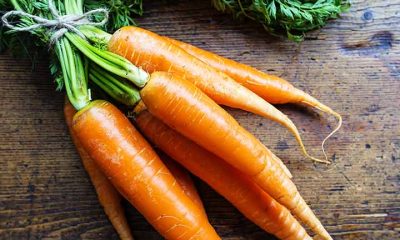
 Food1 year ago
Food1 year ago10 + Benefits of carrot juice and side effects
-

 Health1 year ago
Health1 year ago50 Super Healthy (And Very Often Cheap) Foods
-
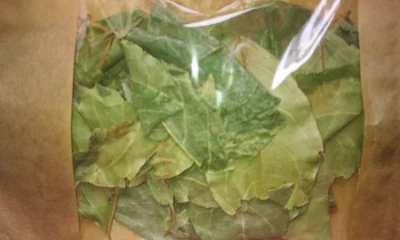
 Health1 year ago
Health1 year ago5 Shocking health benefits of kinkeliba and side effects
-
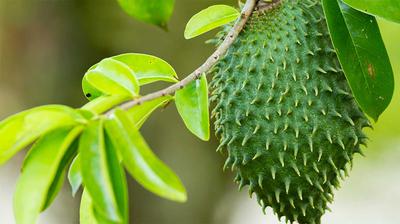
 Health1 year ago
Health1 year ago15 health benefits of soursop leaves tea and side effects
-

 Food1 year ago
Food1 year ago8 shocking benefits of leek juice and side effects
-
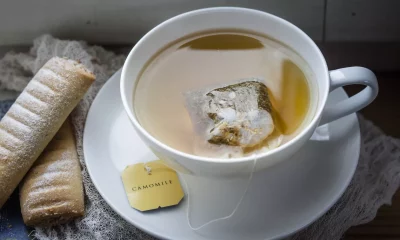
 Health1 year ago
Health1 year ago15 Benefits of lipton tea and side effects
-
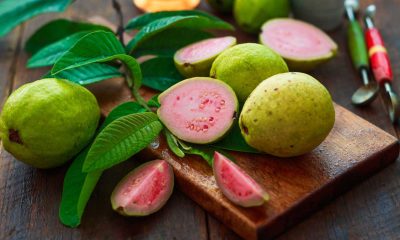
 Health1 year ago
Health1 year agoBenefits of guava leaves Sensually

